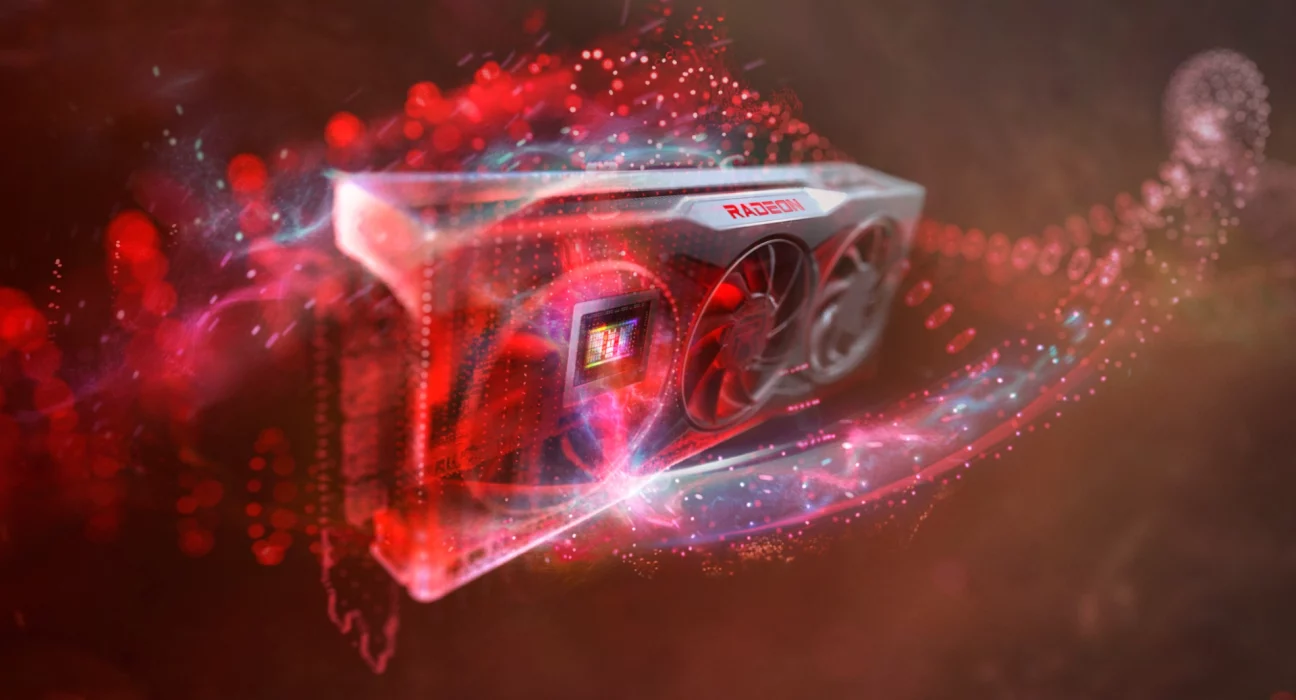The performance per watt improvements over the course of numerous Radeon GPU generations are covered in AMD’s most recent blog. According to AMD’s Sam Naffziger, the company took some “huge investments” on GPU architecture and efficiency that are now showing significant returns. He claims that AMD GPUs made now and in the future will be able to handle the demands of demanding games without exceedingly large power budgets. If you needed a timely reminder, here is it: tomorrow at Nvidia’s GeForce Beyond presentation, several extremely expensive graphics cards are scheduled to be shown.
It’s hardly surprising that GPUs have started to push up and beyond 400W given that PC gamers want better, quicker images at ever-higher resolutions. Sam Naffzinger is an SVP at AMD and also serves as a Corporate Fellow and Product Technology Architect. According to Naffzinger, AMD has optimized its new RDNA architectures using “thoughtful and inventive engineering and refining” to break free from the cycle of ever-increasing power consumption. Lower-power graphics cards should operate quieter, cooler, and more easily be found in smaller or transportable form factors as a result of increased energy efficiency.
The third iteration of AMD’s RDNA GPU architecture, which is currently under development, was demonstrated in considerable detail. Naffzinger’s statistics show that, for instance, the switch from GCN to RDNA “provided an average 50% performance-per-watt improvement.” AMD says that the Radeon RX 6000 (RDNA 2) generation has “a stunning 65 percent greater performance per watt” when compared to the Radeon RX 5000 (RDNA).

